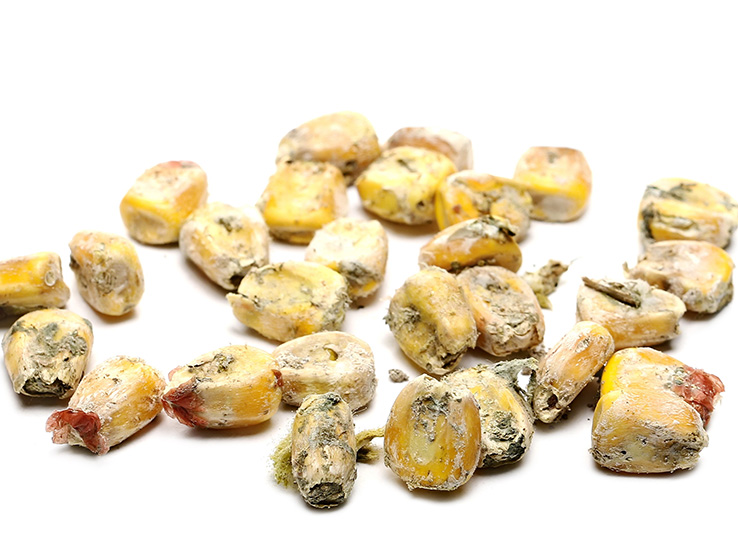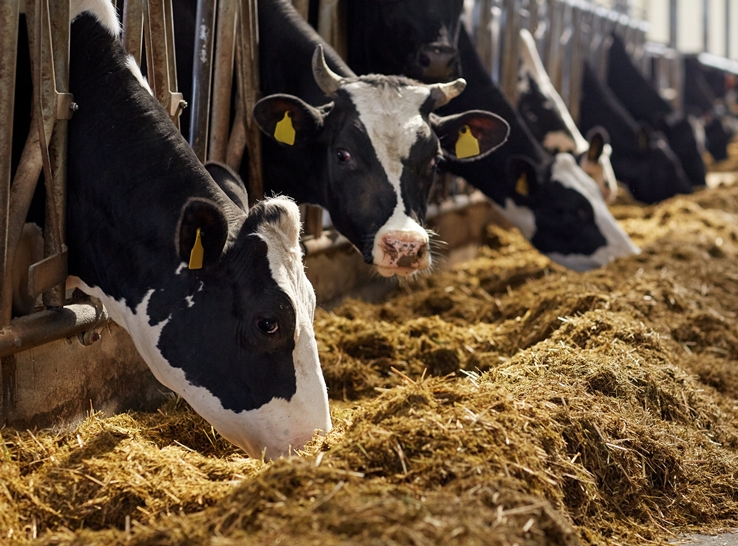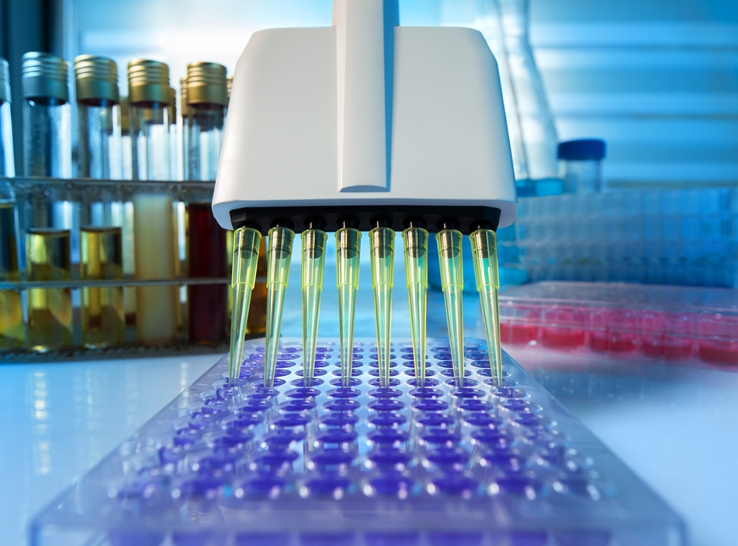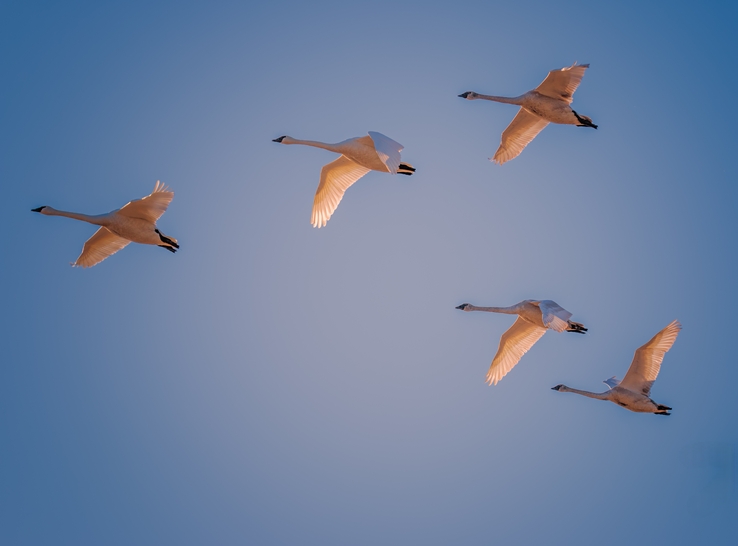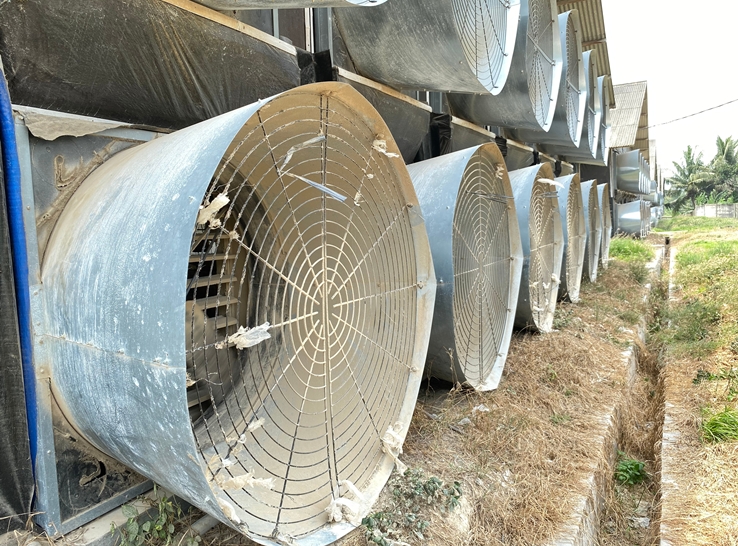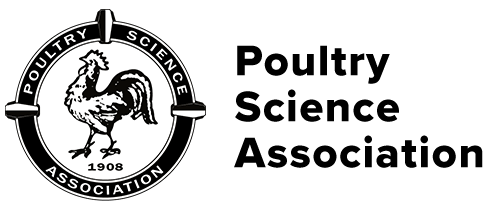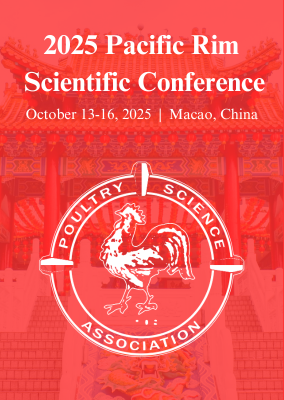Waiting for the H5 influenza outbreak to slow down in dairy cattle is no longer enough for the American Association of Avian Pathologists (AAAP) and Poultry Science Association (PSA). The two groups teamed up to push for more action to help the dairy industry address its growing outbreak of highly pathogenic avian influenza (HPAI).
In a lively panel discussion on PSA’s Unplucked podcast “H5 Influenza Uncovered,” veterinarians from both organizations discussed shortfalls in addressing the dairy outbreak that has grown significantly. The panelists were Kay Russo, DVM, RSM Consulting; Michelle Kromm, DVM, Food Forward LLC; and Carol Cardona, DVM, Pomeroy Chair in Avian Health, University of Minnesota.
Dairy outbreak impacts poultry
The first case of H5N1 influenza in dairy cattle was identified in March 2024. A year later, 1,000 dairy herds in 17 states tested positive for the virus, according to Russo.
“It took an entire month for the federal government to release a federal order to test only lactating animals crossing state lines,” Russo stated. “This was an underestimation of the disease in cattle because serology data analysis indicates that non-lactating animals are also getting infected.”
The focus on lactating-only animals further complicated poultry’s H5 influenza problem. “The US poultry industry lost 39 million layer hens last year, and 28 million of those hens died due to the B3.13 genotype, which is ascribed to cattle,” Russo said.
“This is an example of how not controlling the virus adequately in one species can be severe on another species that is under tight control,” she surmised.
Disconnected virus control
“What are we doing to contain the genotype B3.13?” Kromm asked. “What we see is a disconnected and divergent approach to controlling this virus.
“For example, if a turkey operation gets influenza, we all know stamping out is the policy, so the birds will be depopulated,” Kromm said. “But if your neighbor has dairy cows over the fence, there is still no ability to go onto the farm to test those cows to see if they are responsible for the spread of influenza.
“And that’s really what we are trying to address — and how to move forward together to protect animal and human health as the event with B3.13 genotypes continues to unfold,” she said.
Russo explained that generally, once animals develop antibodies, they are clear of the infection. But an issue arises with dairy because a herd may turn over 30% of the population on a rolling basis. This is akin to adding fuel to a fire, which results in a herd with a protracted positive status.
“So, we have to consider the [partial-herd turnover] in risk-based movement strategies,” she said. “Just because one animal is negative doesn’t mean all animals being moved are negative.”
The USDA conducted challenge work on non-lactating animals and proved they can become infected through infected milk and nebulizing the virus. However, the risk for onward transmission after the animal gets infected is still unclear, Russo added.
Epidemiologic info needed
The panelists agreed that the knowledge gaps in addressing infectious-disease outbreaks need to be filled.
“One point in AAAP’s H5 influenza position statement asks for epidemiologic studies and tools to understand connections among susceptible populations,” Cardona stated.
She mentioned that, early on, documentation on some dairy farms found the virus in urine and nasal passages, not the milk. “On a dairy farm, if you think of the fate of urine, it’s a good way for the virus to be transmitted to poultry flocks or other dairy farms,” she said.
“It’s incredibly important for us to understand the shared ecosystem of agriculture, where poultry, swine and small hobby farms interconnect through services and a shared landscape,” Cardona said. “Things like manure can include discarded milk, urine, wash water, cat feces, etc. So, there are a lot of things that are potentially infectious that have an unknown fate in the shared environment.”
Building connections with dairy
“The big challenge here is we’re at the 1-year anniversary and we’re in the same spot,” Kromm added. “The five needs from AAAP are still largely unchanged. There’s still a large amount of frustration with how we move forward, not just as poultry but collectively from an animal and egg standpoint.
“I’ve been thinking about how to get over the barriers of communication or trust in relationships,” she continued. “It’s been really interesting to try to build empathy and understanding for our dairy colleagues because they’re not in the same production systems.”
Importantly, poultry, with its integrated operations, can quickly make decisions and execute them. But dairy operations are not integrated.
“Our dairy colleagues…are at the pleasure of the producer,” she said. “If the producer is not willing to participate or does not like the advice they are given, they are free to find a different veterinarian.”
Cardona added that influenza is an equal-opportunity pathogen, affecting not only food animals but also humans, cats, dogs, goats and wildlife.
“In the past, as veterinarians, we were often the connectors,” she continued. “But this is such a different beast. We barely speak the same language.”
Success takes a village
The panelists agree that food-animal groups need to work together during outbreaks, which hasn’t happened with the dairy outbreak.
“Industry plays an absolutely critical role in quick containment and an efficient response,” Krom said. “They know the local neighborhood, the players. They know critical ways in which the ecosystem is interconnected.
“One challenge here is we haven’t had equal representation from dairy, and that’s really challenging from the poultry side of the fence,” she continued. “It’s up to the state, USDA and impacted industries to all be involved in what the solution looks like.”
Human-infection issues
Another concern is transmission of the virus from dairy cattle to farm workers. “Farms would see not just sick cows but also dead cats. Additionally, there would be workers starting to develop severe conjunctivitis or flu-like symptoms,” Russo said. “Come to find out this is influenza — a zoonotic disease.”
States with good working relationships between producers and public health and state veterinarian departments reported higher numbers of human cases than states without strong cooperation between government offices and producers.
“I would say that most [H5 influenza-positive] dairy farms had human infections,” Russo said. “Given that many of these workers are undocumented, they don’t want the spotlight on them.
“In my mind, if this rolls over into a pandemic, ground zero will be in those workers on the farm. They are going to get sick from a child who goes to school, and then they might get sick from a cow. And that is going to be ground zero if this were to happen. I hope it doesn’t. But those are the people we really need to protect,” she added.
Worker biosecurity
Workers can be successfully protected from the virus, according to Cardona.
“In Minnesota, we’ve had more experience with poultry-farm workers and exposure to the HPAI virus and yet never had a worker infection,” she said. “We have an excellent relationship with the Minnesota Department of Health (MDH). We work with them all the time.“
Recently, the MDH published information about the best personal protective equipment (PPE) to use in an HPAI outbreak.
“MDH discovered that the least-worn piece of PPE is googles,” Cardona said. “And that’s the most important equipment to wear, along with a facemask. Unfortunately, PPE is incredibly hot…and workers take things off their face.”
Future needs
Looking ahead, the panelists discussed the immediate needs for addressing the continuing outbreak.
“Right now, biosecurity cannot work because we don’t know how the virus is getting into barns and onto farms,” Cardona said. “We can speculate, but biosecurity must be based on specific pathways, which we then mitigate. We also need studies and epidemiology.”
Kromm added that the epidemiology needs to be deployable “just in time” and not after the fact. “The best research happens as these things are playing out,” she said.
Russo’s “burning question” is the risk and role posed by other species, such as beef cattle and swine. It’s important to understand who gets infected and what pre-movement strategies and testing must be employed to prevent spreading the virus around, she concluded.
For more information on AAAP’s strategies to reduce the impact of H5N1 genotype B3.13, visit aaap.info.

